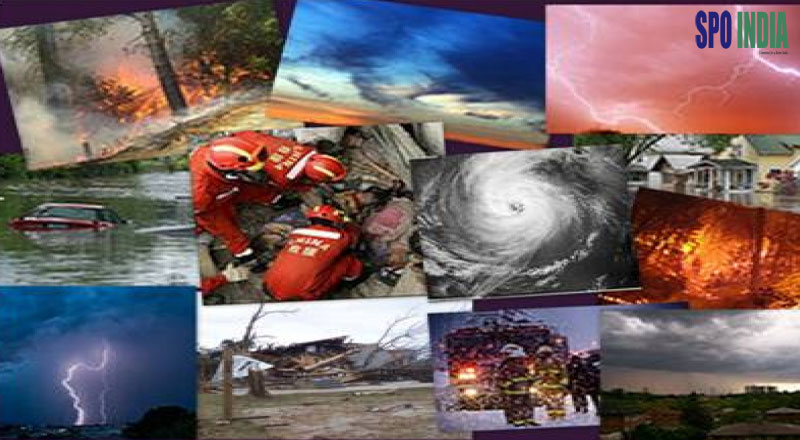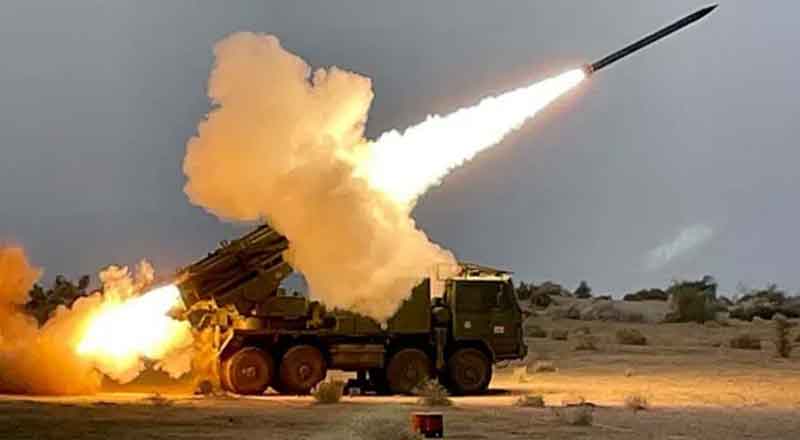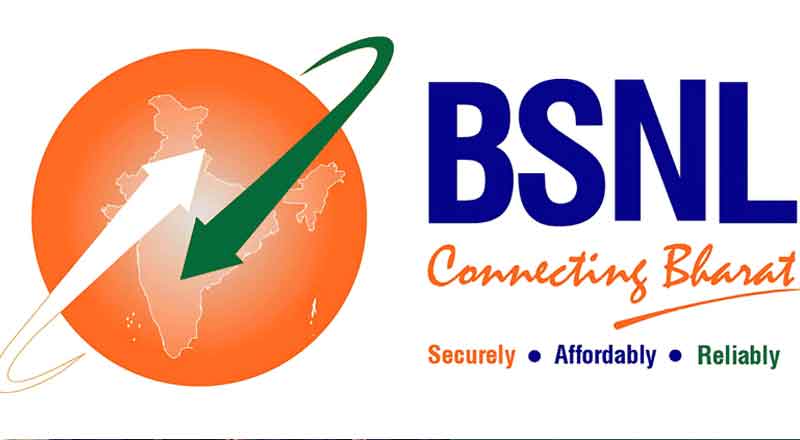Geological Survey of India (GSI), Ministry of Mines in collaboration with the British Geological Survey (BGS) under the National Environmental Research Council (NERC), UK funded, multi-consortium LANDSLIP project (www.landslip.org) has developed a prototype regional Landslide Early Warning System (LEWS) for India, and the same is currently being evaluated and tested by GSI in two pilot areas in India(Darjeeling district. West Bengal, and the Nilgiris district, Tamil Nadu).GSI has not developed any early warning system for glacier related disasters in the country. GSI has conducted studies on melting of the glaciers by assessment of mass balance studies and monitoring the recession/ advancement of selected Himalayan glaciers.
GSI through the LANDSLIP project (www.landslip.org) is engaged in developing an experimental regional Landslide Early Warning System (LEWS) based on rainfall thresholds since 2017. The LANDSLIP research has developed a prototype model in 2020 based on the terrain-specific rainfall thresholds for two test areas (Darjeeling district, West Bengal, and the Nilgiris district, Tamil Nadu).The LANDSLIP is currently in the process of transferring the above tools of regional LEWS to the national nodal agency (GSI) for carrying out a similar endeavour in multiple landslide-prone states in India. Since 2020 monsoon, GSI has also started issuing daily landslide forecast bulletins during monsoon to the district administrations in two pilot areas (Darjeeling district, West Bengal, and the Nilgiris district, Tamil Nadu) for testing and evaluation.
GSI is a part of the consortium constituted by NDMA involving scientists from various institutes/organizations viz. National Institute of Hydrology (NIH), NRSC/ ISRO, Wadia Institute of Himalayan Geology (WIHG), Defence Geoinformatics Research Establishment (DGRE), IIT-Roorkee etc., with an objective to explore the possibility of suggesting methods of monitoring and early warning to forecast site-specific rock/ snow avalanche events including Glacier Lake Outburst Flood (GLOF)/ Landslide Lake Outburst Flood (LLOF) and reducing the cascading impacts like flash flood and landslides etc. as domino effects in the downstream areas. Recently (October 13, 2020), the National Disaster Management Authority (NDMA) has released guidelines on management of GLOF, summary of policy makers and compendium
GSI has initiated the R & D activities and the ground work for developing regional Landslide Early Warning System (LEWS) in other test areas like Uttarakhand, Kerala, Sikkim from 2021 and also has a plan to add five additional states (e.g., Himachal Pradesh, Karnataka, Assam, Meghalaya, Mizoram) by 2022. The evaluation and calibration of the models will continue during the next few monsoon years and the regional LEWS will be made operational in phases in all such 10 states after successful ground evaluation w.e.f. 2025 onwards. For this, GSI has signed MoUs with IMD, various SDMAs, and has also extended the MoU with BGS till 2025. To execute the above multi-disciplinary task, GSI has initiated MoUs with other national organizations like National Remote Sensing Agency (NRSC), National centre for Medium Range Weather forecasting (NCMRWF) etc. GSI also has initiated the process for establishing the National Landslide Forecasting Centre (NLFC) to integrate, generate and disseminate daily landslide forecast for multiple states from GSI headquarters, Kolkata.
This information was given by the Minister of State (I/C) for M/o Earth Sciences and M/o Science & Technology, Dr. Jitendra Singh in a written reply in Rajya Sabha today.





